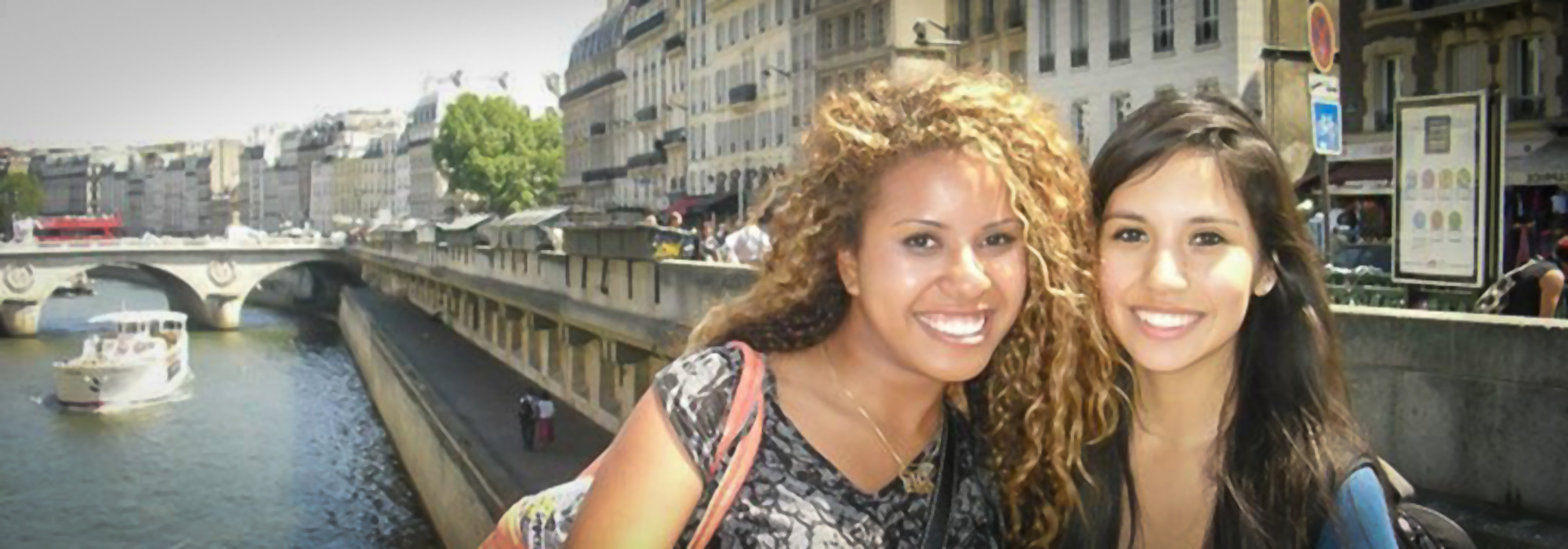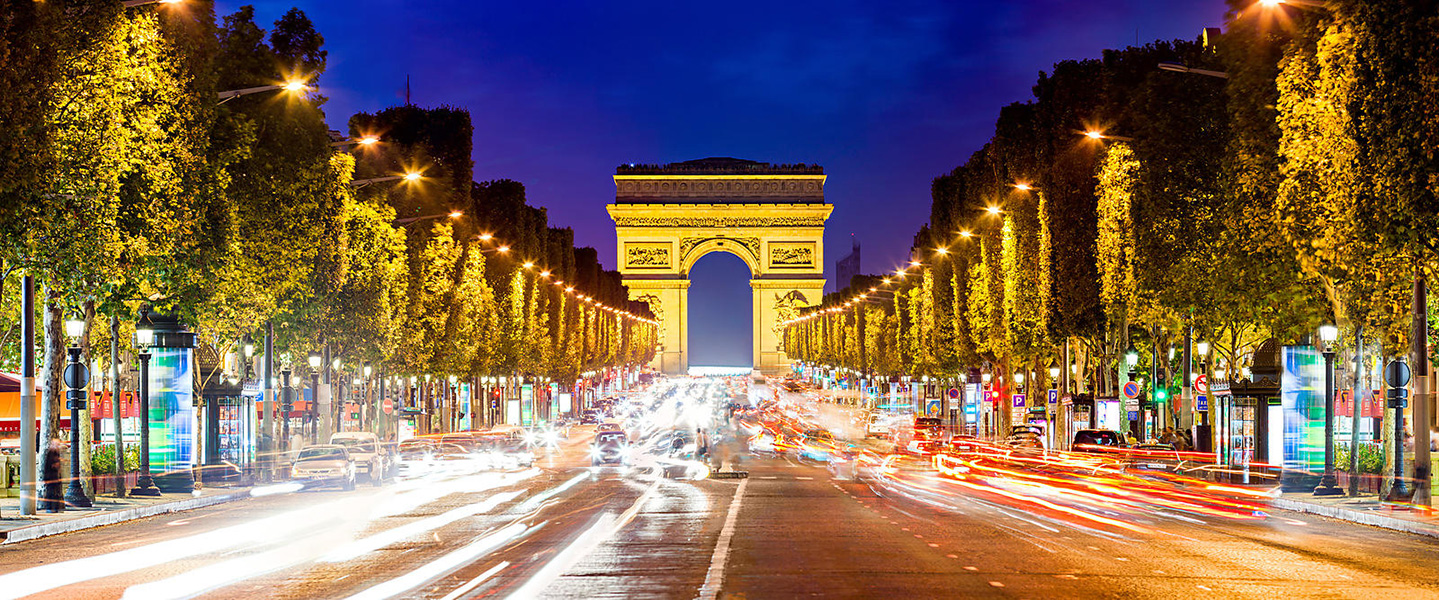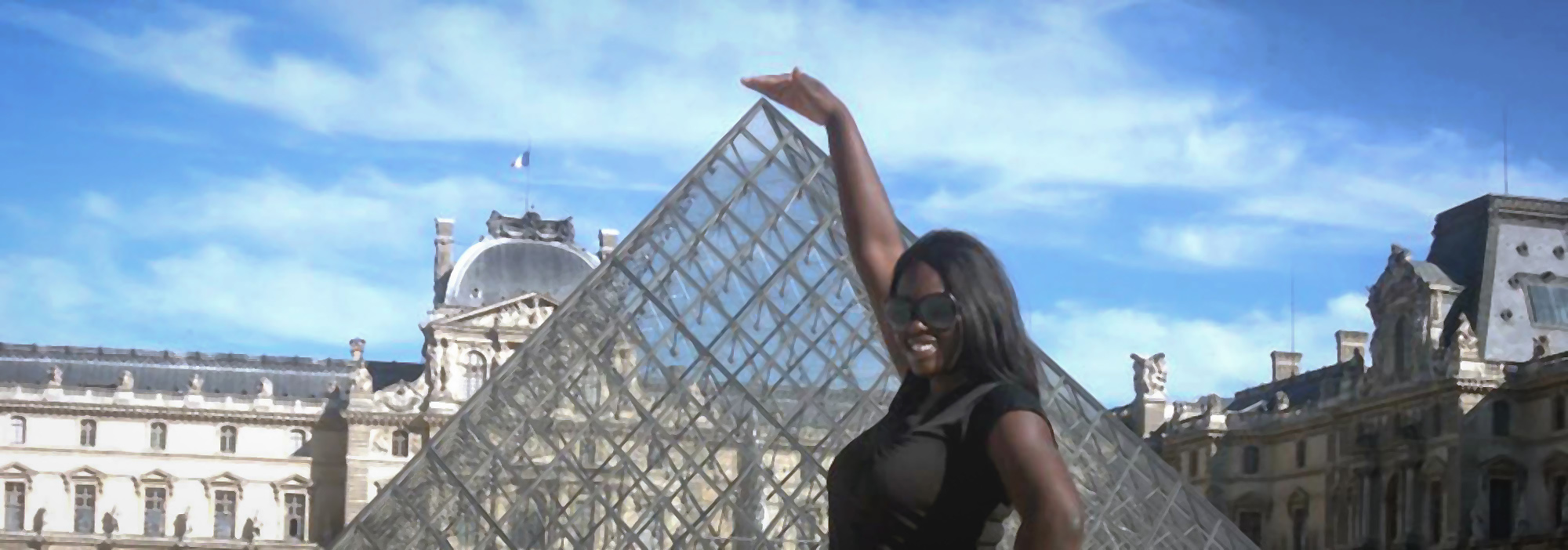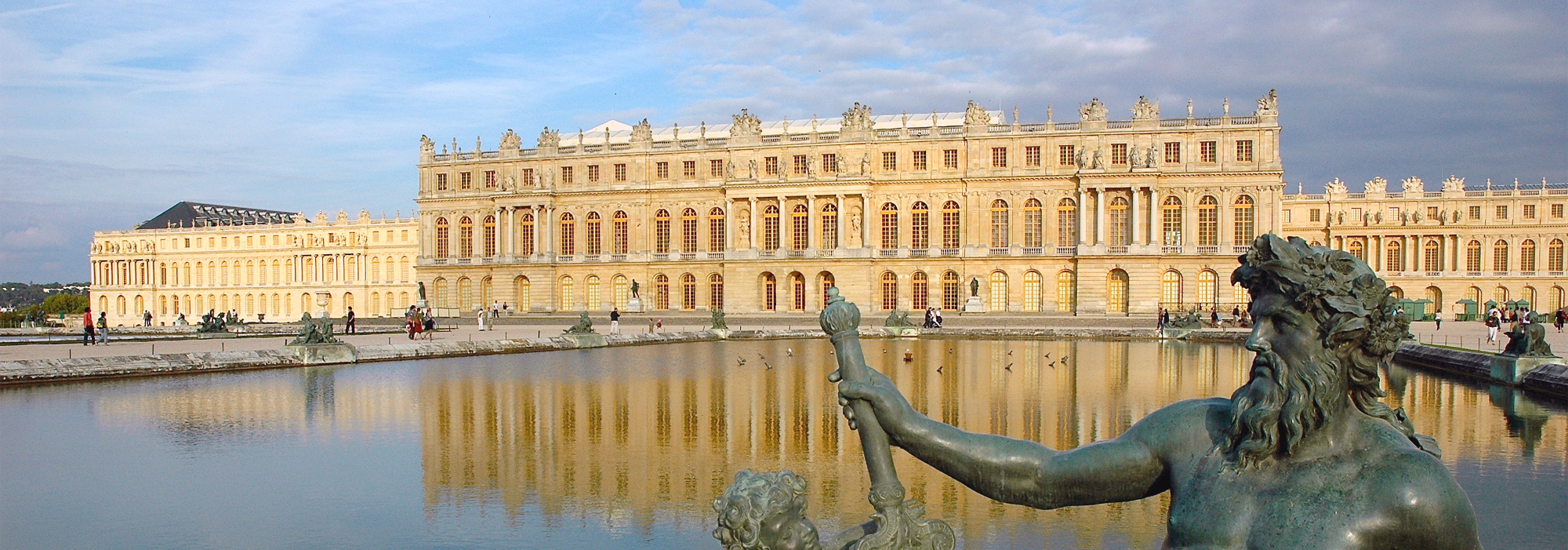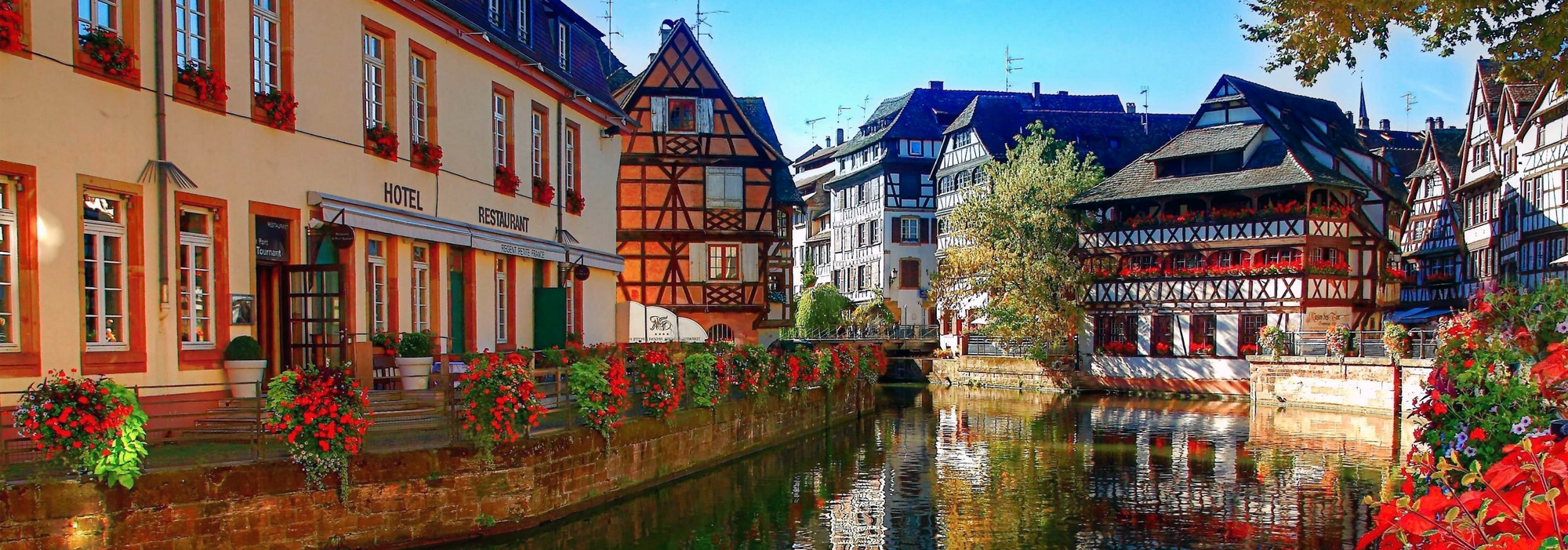FRANCE
Paris
Many know Paris as the world’s most romantic capital, but the city is so much more… Paris is the capital of France and one of the most important cities in Europe. It is the center of business, politics, religion, education, art, fashion and tourism. The city owes its prosperity in large part to its favorable position on the Seine, which has been a major commercial artery since the Roman period.
Almost everyone can name an iconic Parisian monument; the Eiffel Tower, Louvre Museum, Notre-Dame Cathedral and the Arc de Triomphe some of the first that come to mind. Art lovers can visit museums spanning centuries of artistic traditions. Architecture buffs can stroll the wide avenues and visit one of the many manicured parks. Aspiring food critics can refine their palates at some of the best restaurants in the world and banter with the food sellers at the outdoor markets.
Paris has a population of 2 million with approximately 11 million in greater Paris (the Ile-de-France region), making it one of Europe’s largest metropolitan areas. In the last century, waves of immigration have brought people from Africa, Asia and Eastern Europe. This lively mix has only added to the cosmopolitan feel in the city and enriched its culinary tradition.
France
France is a diverse country, with a proud cultural heritage. Each region looks and feels different, having its own style of architecture, its characteristic food, and often its own dialect. More than 25 different languages and dialects can be heard within the country’s borders. The French take pride in their culture, sophistication, language, and diverse accomplishments in literature, arts, and sciences. Even French cuisine and fashion have long been a source of national pride.
France is surrounded by Spain, Italy, Switzerland, Germany and Belgium. The landscapes range from the fretted coasts of Brittany to the limestone hills of Provence, from the canyons of the Pyrenees, the bays of Corsica and the wooded valleys of the Dordogne to the glaciated peaks of the Alps. The country is highly urbanized with more than 75 percent of the people living in cities.
French literary and artistic contributions during the Renaissance and the Age of Enlightenment had a profound influence on Western civilization. France attained cultural prominence in Europe during the Middle Ages. Throughout the 16th, 17th, and 18th centuries Europe’s most talented artists and artisans flooded to the thriving city of Paris. During the 20th century, French cinema became acclaimed throughout the world, attracting even more writers, painters, sculptors, architects, composers, playwrights, and film directors to Paris.
Food is a subject of endless rumination. Consider just some of the country’s epicurean delights – foie gras, truffles, Roquefort cheese, well-built crustaceans, succulent snails plucked off grape vines, sharp-tasting fruit tarts – and you begin to appreciate the culinary zeal of the French. However, one cannot live on escargot and vin de table alone; France’s North African and Asian populations have contributed to the pot, bringing spice and color to many dishes.
France has one of the largest economies in the world. Major industries include luxury products, aerospace, automotive, electronics, telecommunications, transportation and tourism. France is also Western Europe’s leading agricultural nation with over half of the country’s land area devoted to farming.
QUICK FACTS
- Population of France: 63.7 million
- Population of Paris: 2 million
- Official Language: French
- Currency: Euro)
- Local time in Paris: GMT+1
- High temp in Paris: July: 75°F
- High temp in Paris: January: 45°F

